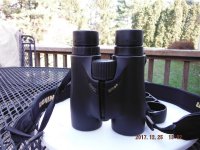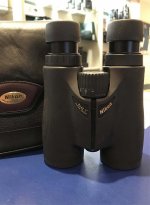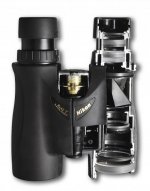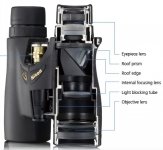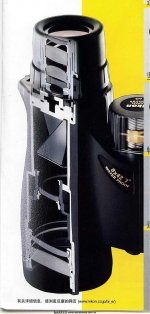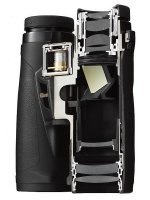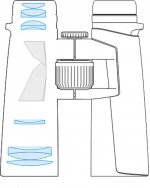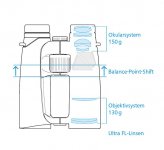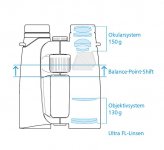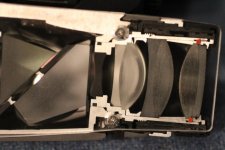dries1
Member
I have the EL SV 8.5X42, Noctivid 8X42, and have owned the SF 8X42. IMHO the Noctivid 8X42 is very much competitive with both, the SF is however is clearly the winner with respect to FOV, and both the SV and SF are flat field. If one prefers a flat field, then go with the SV/SF, if not, the Noctivid. At this level it is clearly an ergonomic preference issue.
My favorite Flat field is the Nikon EDG, no one does a flat field glass like Nikon, no one, just my 2cts.
Andy W.
My favorite Flat field is the Nikon EDG, no one does a flat field glass like Nikon, no one, just my 2cts.
Andy W.
Last edited:





